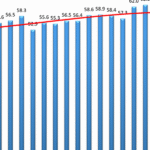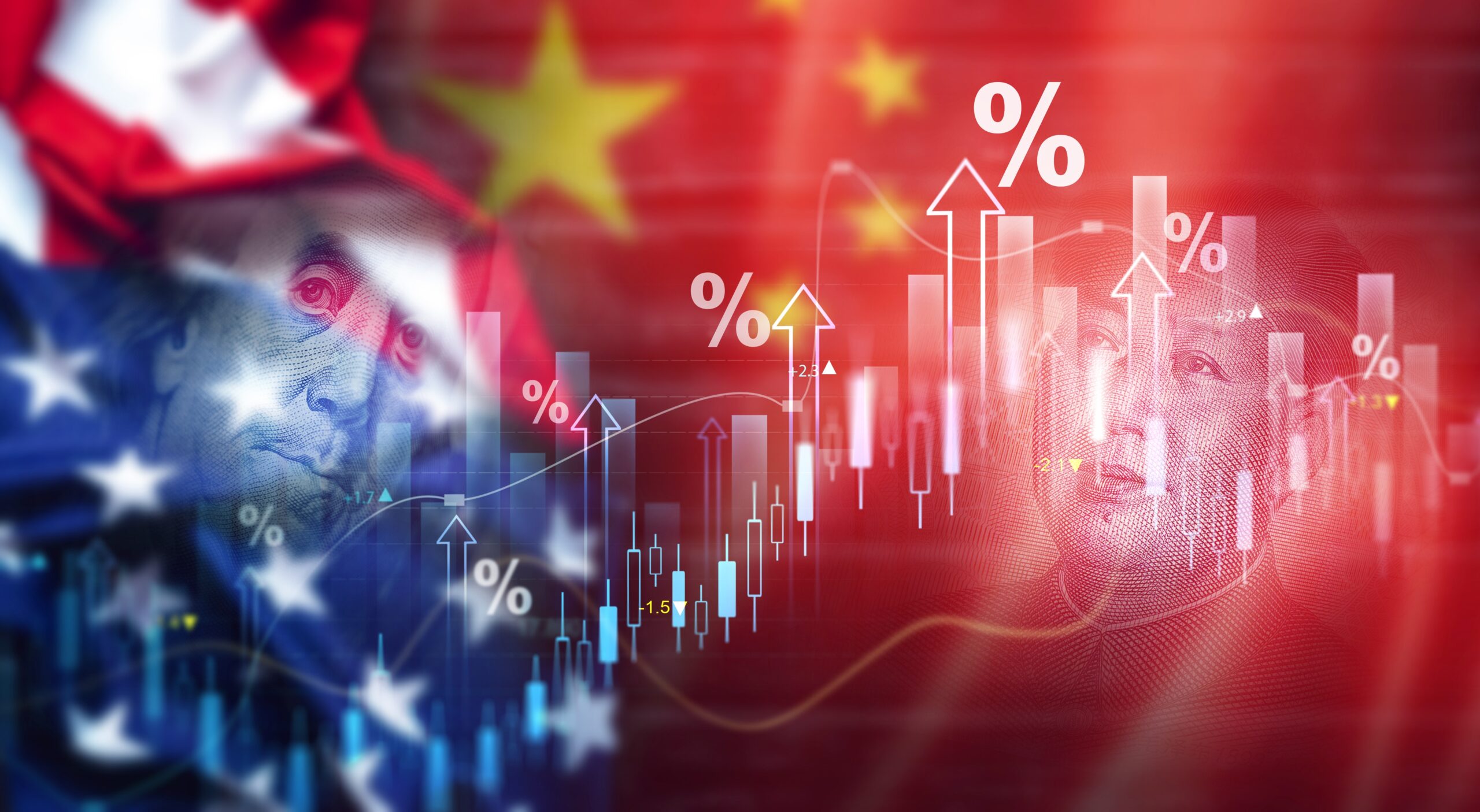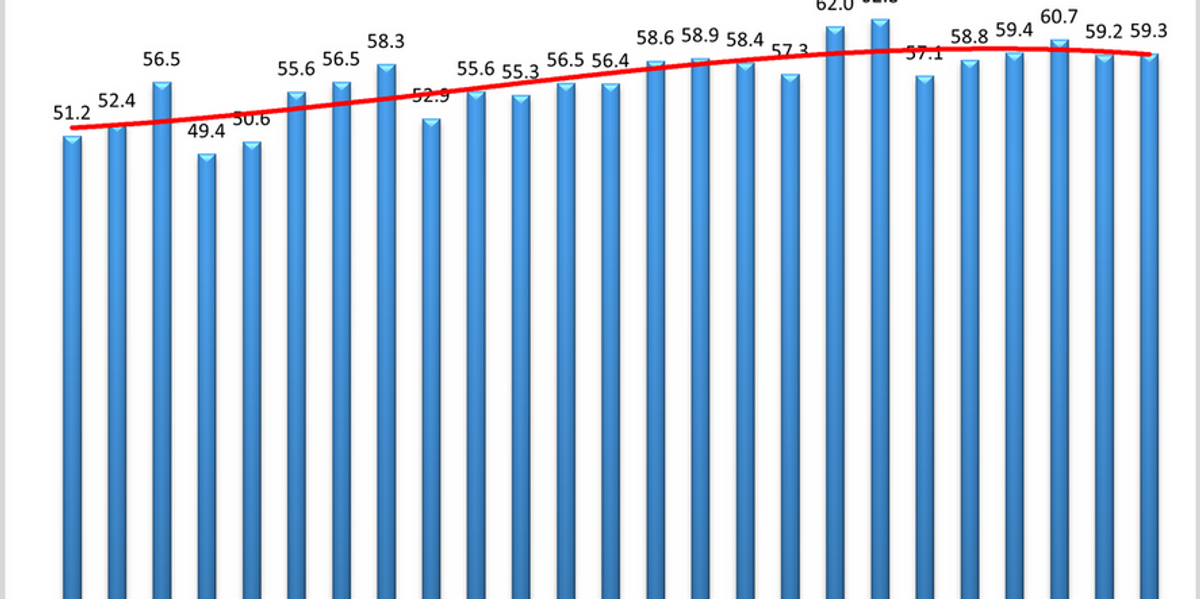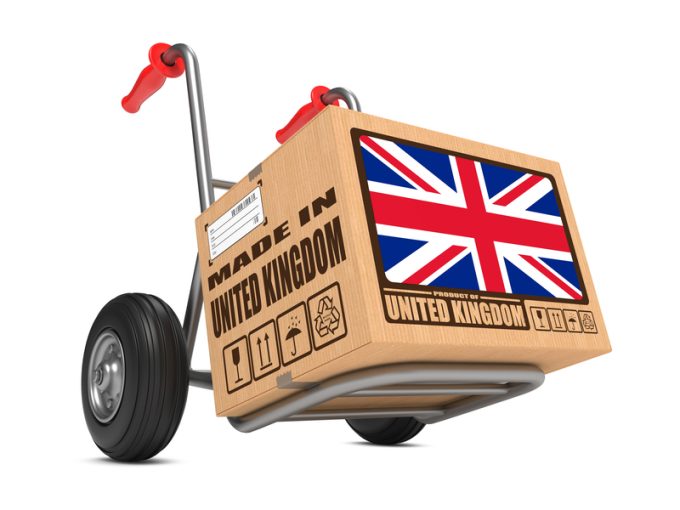Over the course of last month, the US President began the “liberation day of the American economy”, which is characterized by the imposition of mutual definitions on countries that maintain trade surpluses with the United States. The president confirms that these countries took advantage of the American economy, which requires a firm response.
Also read: Update of the American -Chinese trade war: What companies need to know
This “great American battle” aims to restore the site of America as a global superpower, following what the administration sees four years not produced under Biden. The United States is looking to become a global center for manufacturing, as goods are produced for distribution around the world.
However, questions related to the feasibility of this goal remain. With the increasing impact of China and the United States faces its economic challenges, the final solution to this trade war remains uncertain.
The official Chinese data indicates a significant decrease, as the total cargo for e -commerce decreased to the United States by 65 % in size during the first three months of the year, according to The Guardian. This decline indicates that Chinese companies are struggling to maintain sales to the United States under an increasing tariff, which leads to a decrease in the revenues of e -commerce business and the losses of potential jobs in the manufacturing and logistical services sectors.
On the contrary, recent job reports from the United States reveal a flexible labor market, with the addition of 177,000 jobs in April despite the ongoing trade war with China. This indicates the continued confidence of the employer and employment activity, in contrast to the challenges facing Chinese factories.
The effectiveness and justification of Trump’s tariff is discussion topics. With approximately $ 70 billion collected through tariffs, including $ 15 billion in April alone, there are indications that these measures generate revenues.
Chinese economic challenges have become increasingly clear, with concerns about the real estate sector, weak consumer spending, population aging, and a lack of economic confidence in general. On May 2, a Chinese Ministry of Commerce spokesman announced that Beijing is studying the possibility of customs tariff negotiations with the United States.
In the midst of rumors of potential stagnation, commercial tensions are escalating between the largest economists in the world, as the United States imposes a tariff of 245 % on Chinese goods. This position is a great challenge for China, which depends heavily on exports to the American market.
The US Treasury Secretary described the definitions of China as not sustainable, and the US President expressed his openness to a fair deal, and promised to treat China “very well.” Meanwhile, China aims to provide a picture of power and resistance against the United States, however, it quietly disrupts up to 131 American products, according to Reuters.
However, the United States also faces great repercussions, especially for farmers who depend on Chinese exports. According to Al -Jazeera, net sales of US soybeans decreased by 50 percent compared to the previous week, driven by a 67 percent decrease in weekly soybean exports to China.
In addition, American energy companies may fight due to the definitions imposed by China. The United States exports nearly $ 15 billion of oil, gas and coal to China annually, and the loss of this market will negatively affect these companies.
During a meeting with President Trump, the retail giants warned Wal -Mart and the goal that his identification policy may lead to empty shelves or higher prices for consumers. However, President Trump is still steadfast and committed to securing a fair trade deal with China.
He is ready to accept the potential economic hardships of Americans in seeking to achieve this goal. However, the question remains whether this strategy will eventually prove its success.
The United States and China are maintaining an important commercial partnership, as the United States imports $ 438.9 billion in Chinese goods last year. This close economic relationship indicates a profound link between the two countries.
The United States may also seek to establish strategic relations with India, which yearns to become a major partner. The Vice President of the United States recently met with Indian Prime Minister Moody, and there were rumors of a possible trade agreement between the two countries, which would constitute a major development.
China may be concerned about the rise of India and the positive relationship between the Prime Minister and the American President. We will continue to monitor this position closely.
It is still not certain that it will appear victorious, or if there is a real winner, in this trade war. However, there is a large -scale consensus that China needs to adhere to international rules, and many have called for a long time to a more fair trade relationship. Some view the current situation as a necessary position against China, led by an American leader.
President Trump has four years to resolve this issue, with the renewed renewal elections waving on the horizon within two years. While Xi Jinping does not face concerns related to elections, it must address the possibility of a weak economy in inciting riots and turmoil within China.
We will continue to monitor developments in this continuous trade war.










